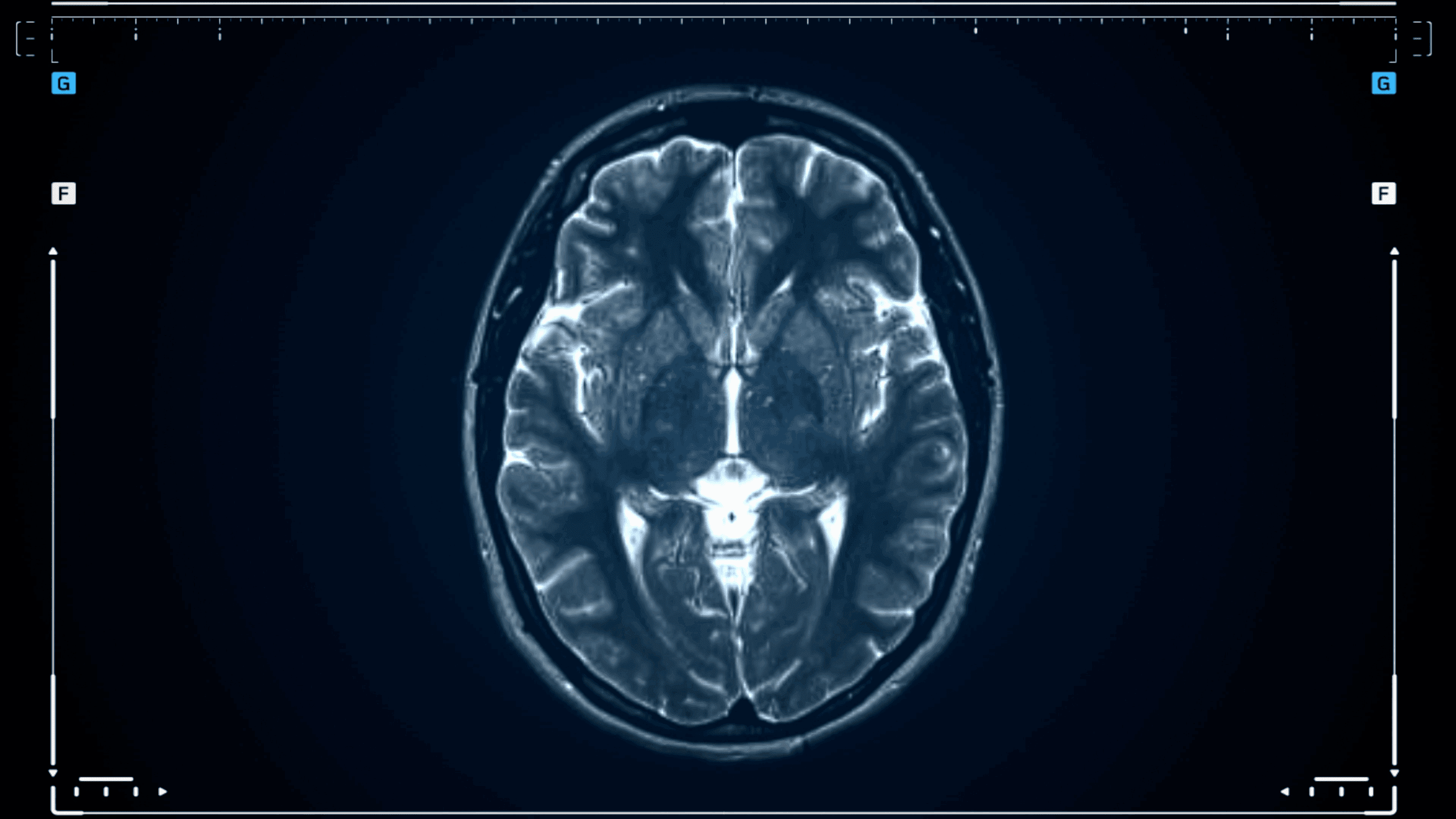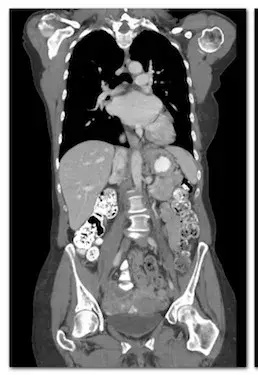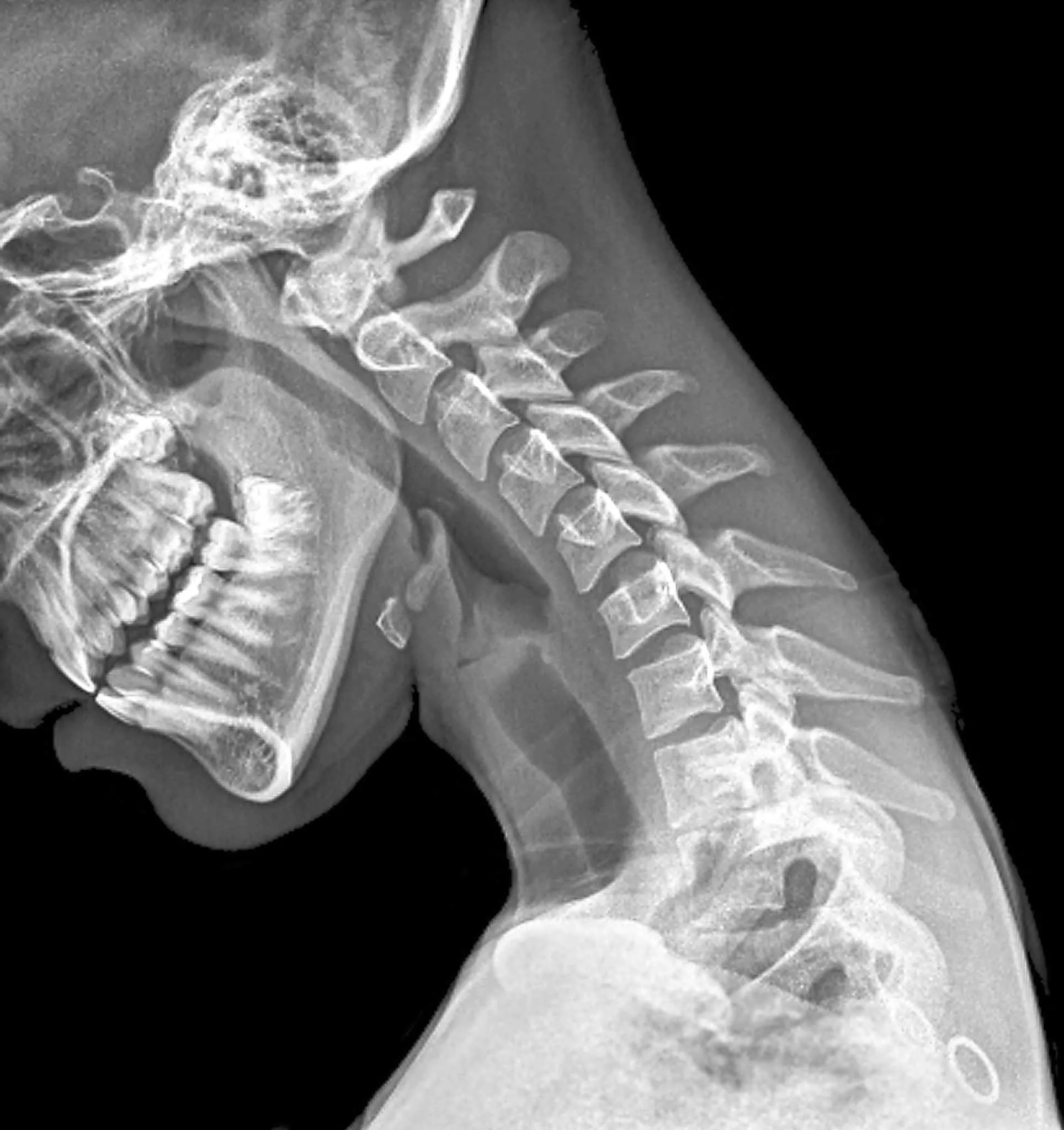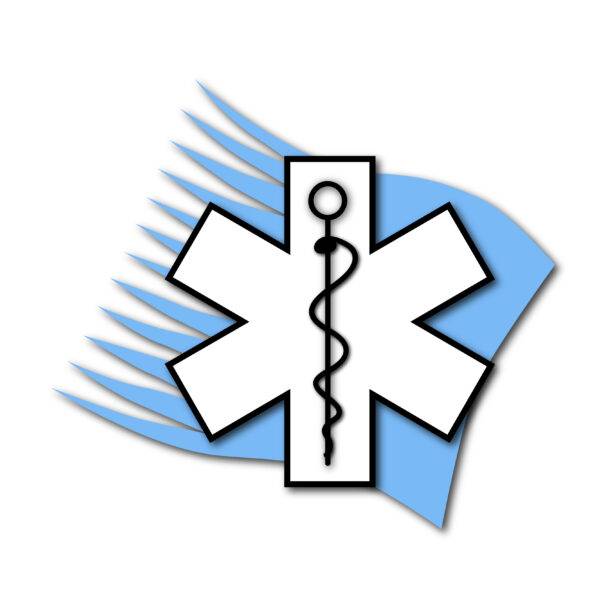Advanced Imaging for Diagnoses and Personalized Care
MRI Scans
CT Scans
General Ultrasounds
Bone Mineral Density
Echocardiograms
X-Rays
Vascular Ultrasounds
Cardiac Chamber Scans
MRI Scans
MRI (Magnetic Resonance Imaging) are detailed images acquired using magnetic fields and radio waves, crucial for soft tissue and neurological assessments. They are painless and produce no radiation.
Georgia Health Imaging offers the following exams:
- Brain MRI
- Whole Spine MRIs: Cervical, Thoracic, Lumbar
- Abdomen and Pelvis MRIs
- Orthopedic MRIs: Shoulders, Arms, Wrists, Legs, Knees, Ankles

CT/Cat Scans
A Computed Tomography (CT or CAT) scan is a fast and powerful diagnostic tool that uses specialized X-rays to create detailed, cross-sectional images of the inside of your body. This allows for a much more detailed view than a regular X-ray, providing a clear picture of bones, soft tissues, and blood vessels all in one exam.
Georgia Health Imaging offers the following CT exams:
- Brain
- Whole Spine CTs: Cervical, Thoracic, Lumbar
- Chest, Abdomen and Pelvis CTs
- Orthopedic CTs: Shoulders, Arms, Wrists, Legs, Knees, Ankles
- CT Bone Mineral Density (supplement for spine scan)
- Cardiac Chamber Scoring

Ultrasounds
An ultrasound is a safe, non-invasive imaging procedure that uses high-frequency sound waves to create real-time images of the body’s internal organs and structures. Because it uses sound waves instead of radiation, it is an extremely safe and versatile tool.
Georgia Health Imaging offers the following Ultrasound exams:
- Abdominal and Pelvic
- Thyroid
- Carotid
- Breast
- Muskuloskeletal
- Doppler
- OB/Pregnancy

Echocardiograms
An echocardiogram is a specialized type of ultrasound that provides a detailed, moving picture of your heart. It uses high-frequency sound waves to create images that show the size, shape, and movement of your heart muscle, chambers, and valves.
Your doctor may order an echocardiogram to:
- Assess the overall function of your heart.
- Determine the cause of symptoms like shortness of breath or chest pain.
- Identify abnormalities in the heart’s structure, such as problems with the valves or chambers.
- Evaluate the effectiveness of heart treatments or monitor a known heart condition.
- Detect blood clots or tumors within the heart.
XRay
An X-ray is one of the oldest and most common forms of medical imaging. It is a fast and painless procedure that uses a very small, safe dose of radiation to create images of the structures inside your body—particularly your bones.
Your doctor may order an X-ray to:
- Diagnose broken bones (fractures) or dislocated joints.
- Examine areas of pain or swelling.
- Detect some forms of arthritis.
- Monitor the healing of a bone after treatment.
- Evaluate certain lung conditions, like pneumonia, or check for a blocked intestine.


